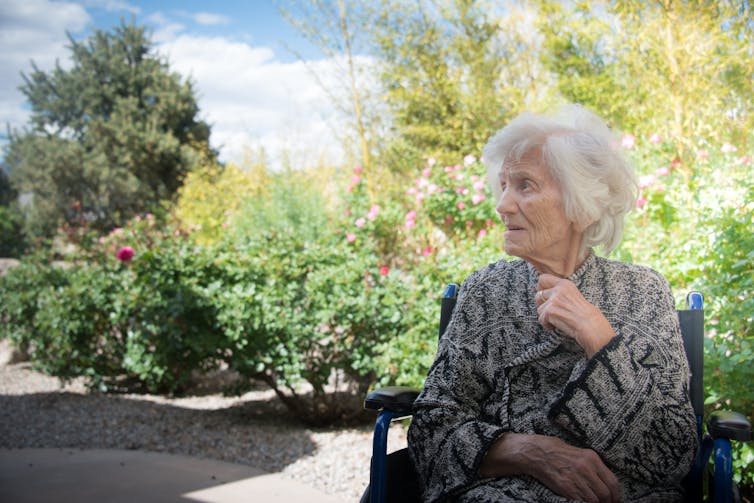
When I saw this article (and particularly when I learned something else I’ll get to after the article). I figured I had to go right to the top – Athena, the goddess of wisdom. Athena is likely so intellectual because she wasn’t born as we understand it – she emerged fully formed and an adult from Zeus’s head (I assume without the helmet, although the size of the helmet does suggest a large brain.)
At a time when we are aware that Alzheimer’s disease exists, and that there is no cure, many of us are terrified of it – of having it ourselves, and of it happening to someone near and dear. I know my mother was terrified of it. (She was spared it – she was still expertly solving crossword puzzles until her final coma, caused by pneumonia, at age 93.) So I can’t imagine anyone willing to miss out on any opportunity to avoid it, or to slow its progress.
=============================================================
New studies suggest millions with mild cognitive impairment go undiagnosed, often until it’s too late

ivanastar/iStock via Getty Images Plus
Soeren Mattke, University of Southern California and Ying Liu, USC Dornsife College of Letters, Arts and Sciences
Mild cognitive impairment – an early stage of dementia – is widely underdiagnosed in people 65 and older. That is the key takeaway of two recent studies from our team.
In the first study, we used Medicare data for about 40 million beneficiaries age 65 and older from 2015 to 2019 to estimate the prevalence of mild cognitive impairment in that population and to identify what proportion of them had actually been diagnosed.
Our finding was sobering: A mere 8% of the number of cases with mild cognitive impairment that we expected based on a statistical model had actually been diagnosed. Scaled up to the general population 65 and older, this means that approximately 7.4 million cases across the country remain undiagnosed.
In the second study, we analyzed data for 226,756 primary care clinicians and found that over 99% of them underdiagnosed mild cognitive impairment in this population.
Why it matters
Mild cognitive impairment is an early symptom of Alzheimer’s disease in about half of cases and progresses to dementia at a rate of 10% to 15% per year. It includes symptoms such as losing the ability to remember recent events and appointments, make sound decisions and master complex tasks. Failure to detect it might deprive patients of an opportunity to get treated and to slow down disease progression.
Mild cognitive impairment can sometimes be caused by easily addressable factors, such as medication side effects, thyroid dysfunction or vitamin B12 deficiency. Since mild cognitive impairment has the same risk factors as cardiovascular disease, such as high blood pressure and cholesterol, medication management of these risks combined with diet and exercise can reduce the risk of progression.
In 2023, the Food and Drug Administration approved the drug lecanemab as the first disease-modifying treatment for Alzheimer’s disease, the most common cause of mild cognitive impairment. In contrast to previous drugs, which can temporarily improve symptoms of the disease, such as memory loss and agitation, this new treatment addresses the underlying cause of the disease.
Lecanemab, a monoclonal antibody, reduces amyloid plaques in the brain, which are toxic protein clumps that are believed to contribute to the progression of the disease. In a large clinical trial, lecanemab was able to reduce the progression of early-stage Alzheimer’s disease. A similar drug, donanemab, also succeeded in a clinical trial and is expected to be approved sometime in 2024.
However, these drugs must be used in the early stages of Alzheimer’s disease, ideally when a patient has only mild cognitive impairment, as there is no evidence that they are effective in advanced stages.
What still isn’t known
Many factors contribute to the lack of timely detection. But researchers don’t have a good understanding of the relative importance of those individual factors or how to reduce the high rate of underdiagnosis.
While distinct, symptoms are subtle and their slow progression means that they can be overlooked or misinterpreted as normal aging. A neurologist in China told our research team that diagnosis rates spike in China after the New Year’s holiday, when children who haven’t seen their parents for a year notice changes that are harder to pick up when interacting with someone daily.
Doctors also commonly discount memory concerns as normal aging and doubt that much can be done about it. While cognitive tests to distinguish mild cognitive impairment from pathologic decline do exist, they take about 15 minutes, which can be hard to come by during the limited time of a doctor’s visit and may require a follow-up appointment.
What’s next
People, particularly those in their 60s and beyond, as well as their families and friends need to be vigilant about cognitive decline, bring it up during doctor’s appointments and insist on a formal assessment.
The Medicare yearly “wellness” visit is an opportunity to explore such concerns, but only about half of beneficiaries take advantage of it.
Just as physicians ask patients about unexplained weight loss and take those concerns seriously, we believe questions that explore a patient’s cognitive state need to become the norm.
The Research Brief is a short take on interesting academic work.![]()
Soeren Mattke, Director of the USC Dornsife Brain Health Observatory, University of Southern California and Ying Liu, Research Scientist, Center for Economic and Social Research, USC Dornsife College of Letters, Arts and Sciences
This article is republished from The Conversation under a Creative Commons license. Read the original article.
==============================================================
Pat B, (who is celebrating her fiftieth wedding anniversary today) has graciously given me permission to share that this coming Friday she has an appointment with her Doctor to discuss her memory loss. While no one can prove it, I would not be surprised to learn this was inspired by Athena. I can’t imagine anything wiser than getting checked out for any possible signs of dementia, knowing that waiting will not make it any better but it could make it worse. Thank you, Athena, and may you inspire all of us who are 65 or older to be wise also.











